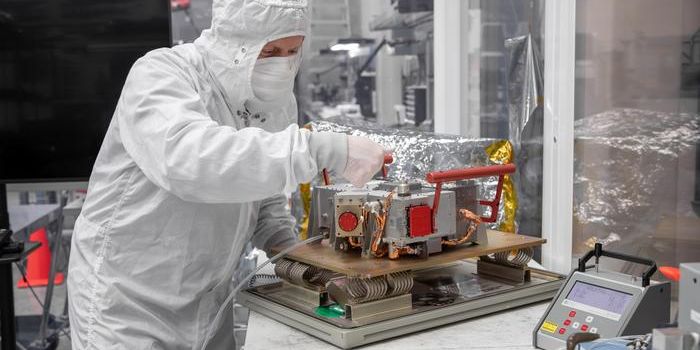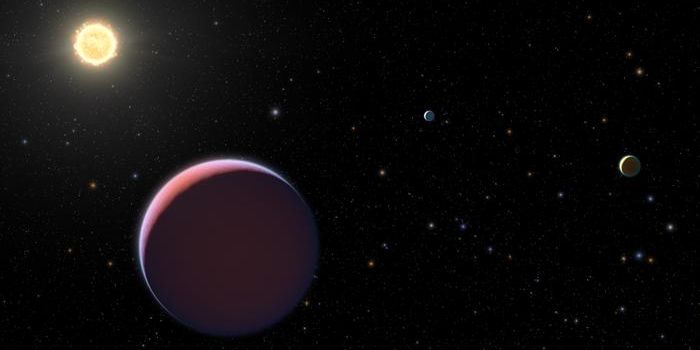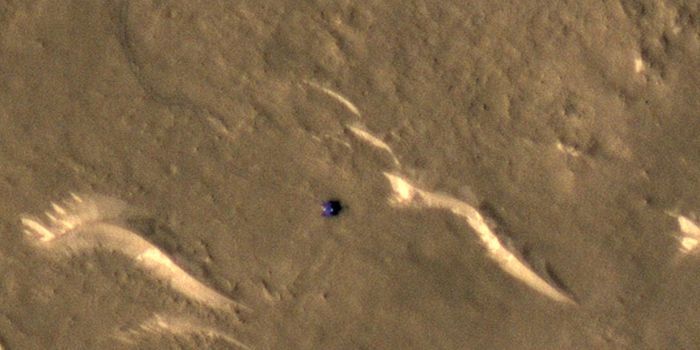NASA is Planning to Shoot a Spacecraft Into an Asteroid
NASA can detect asteroids, so there's been plenty of speculation about what might happen if we discover an asteroid that is on a collision course with Earth. Such an event has the potential to set off cataclysmic events, from what we know about the extinction of the dinosaurs and our limited experience with asteroid impacts. But now, it seems that NASA is actually going to test out whether it's possible to divert the trajectory of an asteroid by hitting it with something. At some point between late November 2021 and February 2022, the DART (Double Asteroid Redirection Test) mission will begin.
DART will aim a spacecraft the size of a car at an asteroid the size of a stadium, called Dimorphos, which orbits a larger asteroid called Didymos. These asteroids are very far away; it's estimated that the spacecraft will take a year to reach the asteroid, at which point it's supposed to smash into it at 6.5 kilometers per second. The idea is to alter the Dimorphos' orbit around Didymos; the current time is about twelve hours and DART will hopefully change it by a few minutes.
Five years from now, the European Space Agency's Hera mission will see if DART was successful. In that effort, the ESA will try to land two spacecraft on these asteroids. But that would be more complicated, but not necessarily impossible, if DART sends the asteroid into a crazy spin.
An analysis reported in the journal Icarus revealed that such a spin could happen. Though the orbital changes to Dimorphos have been analyzed, less is known about how the impact could change Dimorphos itself. When researchers modeled the impact, they found that Dimorphos could potentially begin tumbling chaotically. Tumbling can also alter the path of an asteroid.
The force of the impact is expected to be massive, but probably won't immediately change how Dimorphos spins. Within a few days, however, reverberations from the collision could cause the asteroid to start a small wobble that grows with time. Without friction to slow it down, it might start swinging wildly. The shape of Dimporphos and where on the asteroid the impact occurs could both also have a big influence on how it rolls.
The only way we'll know for sure what has happened is when the Hera mission arrives; Dimorphos cannot be seen with detail from Earth.
If the DART mission works, it means that we may be able to prevent an asteroid from colliding with Earth if we have a long time to act. Either way, NASA and ESA researchers stand to learn a lot from this experiment, and this mission does not pose any threat to the Earth.
“We’re doing this to have the ability to prevent a truly catastrophic natural disaster,” Tom Statler, DART program scientist at NASA headquarters told MIT Technology Review.
Sources: Icarus, MIT Technology Review








